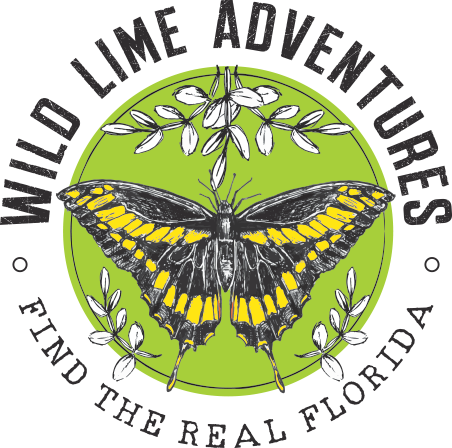Hurricane Season in Florida
Every year from June 1st to November 30th the tropical Atlantic becomes a meteorological cauldron with all the necessary ingredients and conditions for hurricane formation. Recently, climate change has led to the intensification of these storms which has had detrimental effects on the Everglades. This has been a tough year in Florida with Hurricane Helene and Hurricane Milton. It’s too early to know the full effect of these hurricanes on the Everglades.
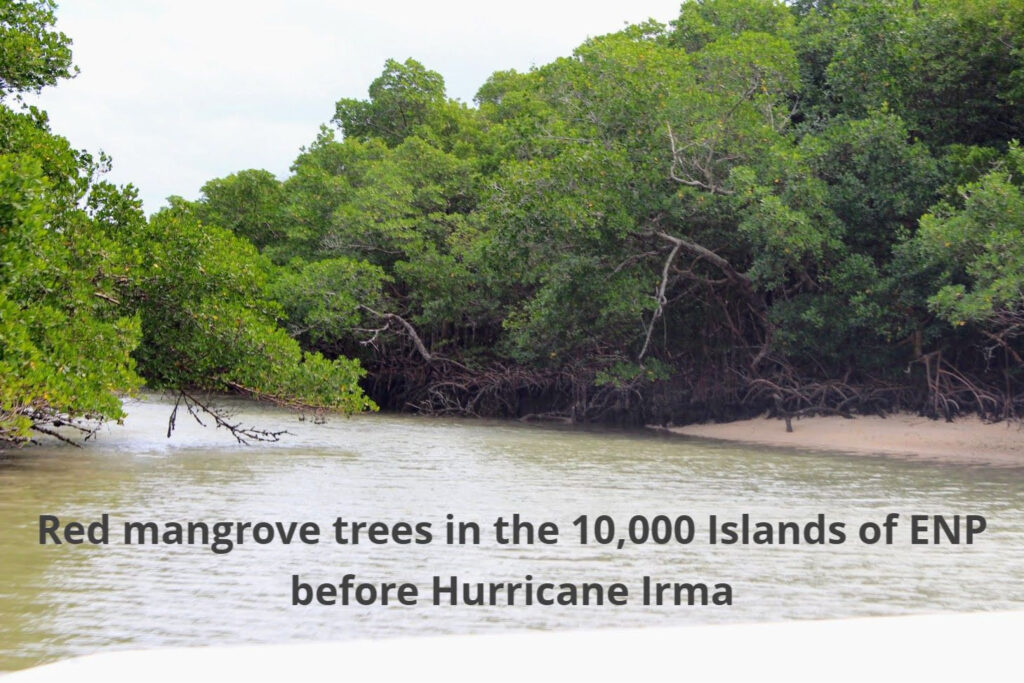
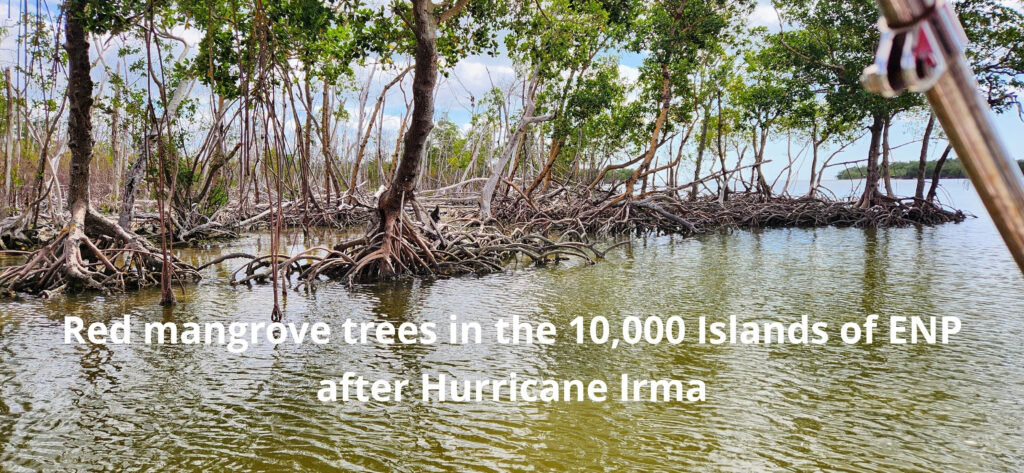
The coastal marshes and mangrove forests of the Everglades function as a buffer that protects residents from rising sea levels, high winds, and storm surge. However, this coastal ecosystem can sustain severe damage in these storms. In 2017, Hurricane Irma stripped the leaves and piled up sediments on mangrove roots, suffocating them. As a result, 60% of the mangroves died in the 10,000 Islands. Hurricane Irma also destroyed 44 endangered snail kite nests and ripped up seagrass beds upon which the manatees depend.
This story would be sorely remiss without mentioning that it was once home to families of Miccosukee people who lived there until the national park was formed in 1947. The place where they had their chickees (their thatch covered houses) is overgrown now, but at certain times of the year one can still catch the faint aroma of ripe grapefruit lingering in the air, a subtle reminder of their lives once spent hidden among the trees. Take a moment to pause and reflect on the amazing people who once called this hammock home. It is a place quite accessible and special, so stop for a quiet visit, even as many others obliviously pass it by.
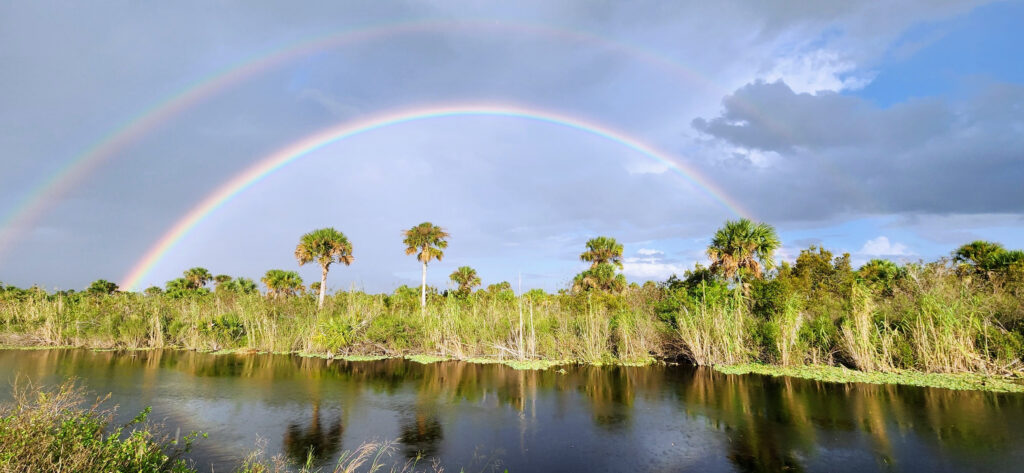
Resiliency and Positive Trends
Good News! Since Hurricane Irma in 2017, the mangroves have regrown and the overall manatee population has increased within the park, specifically in the southern Everglades.
Also, one of the most exciting signs of recovery is the return of the American Flamingo! Flamingos were once so common here that they became the icon of the Sunshine State, as evidenced by business names, street names and images associated with Florida.
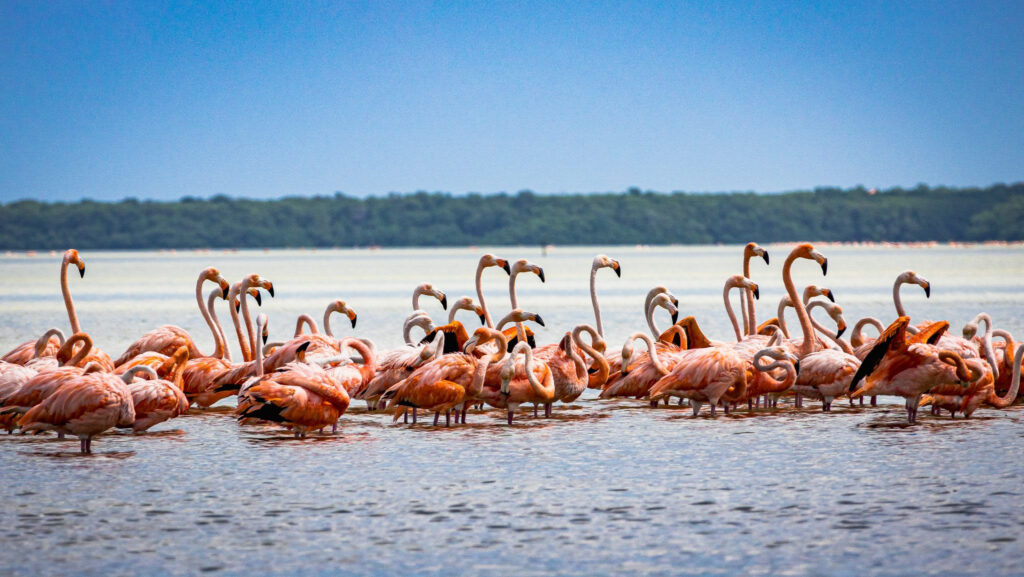
The devastating plume hunting industry in the 1800s, followed by the draining of the Everglades in the 20th century, eradicated Florida’s flamingo population.
Yet, in 2023, Hurricane Idalia blew in hundreds of vagrant flamingos from the Yucatan Peninsula and Cuba and there is compelling evidence that they are here to stay! Park rangers even discovered two Flamingo nests last season.
Additionally, researchers are optimistic that the $10 billion Comprehensive Restoration Plan (CERP) is finally seeing success, 24 years after the act of Congress was signed into law to help bring wildlife back to the River of Grass. In recent years, the number of other wading bird species, including herons, wood storks, and roseate spoonbills, has also started to rebound!
Flamingo Lodge is back!
In 2005, damage from Hurricane Wilma and Hurricane Katrina ravaged the 40-year-old Flamingo Lodge, the only hotel in Everglades National Park. In 2018, the National Park Service began planning for a new complex in Flamingo. This complex is now fully open and is an incredible place to visit and stay. Considerations for resiliency and storm protection in the face of sea level rise from climate change were integrated in the design and building of the lodge, restaurant, and visitor center. Eco “glamping” tents are also available and are unique option to experience the southern Everglades.
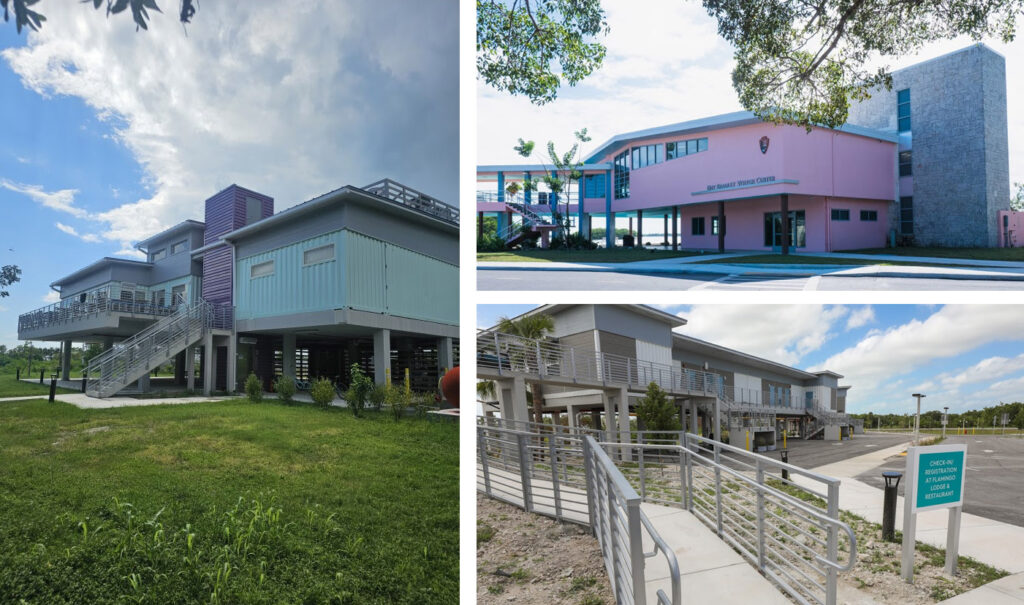
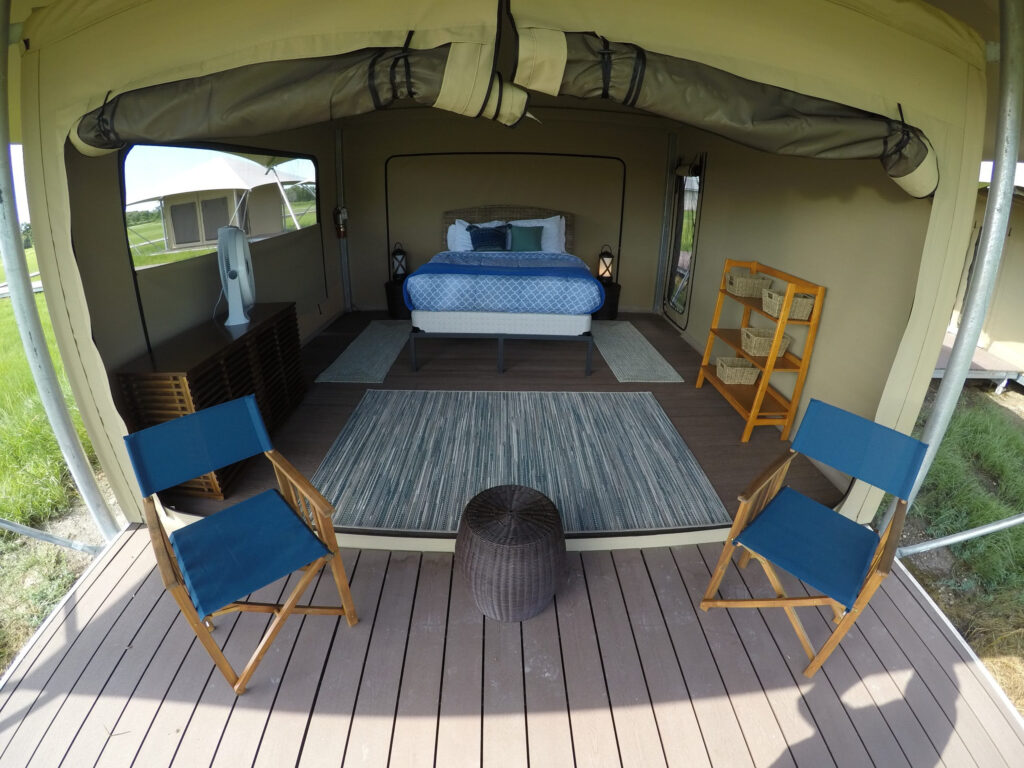
Did you know?
Wild Lime Adventures is the ONLY tour company to hold a national park permit to lead interpretive tours in Everglades National Park, Big Cypress National Preserve and Dry Tortugas National Park!
We have just launched two amazing full day experiences in the southern Everglades National Park region:

